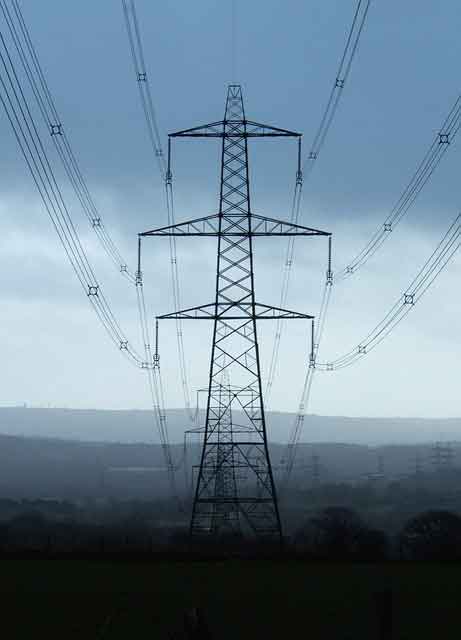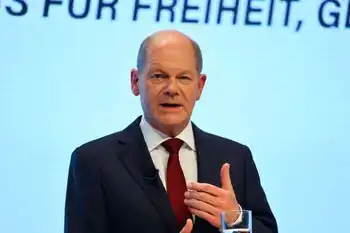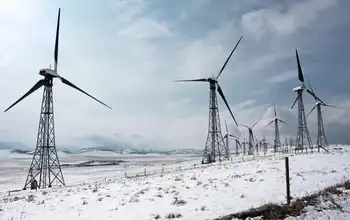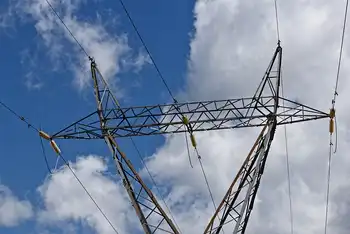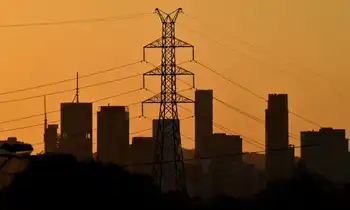Coalition pursues extra $7.25B for DOE nuclear cleanup, job creation
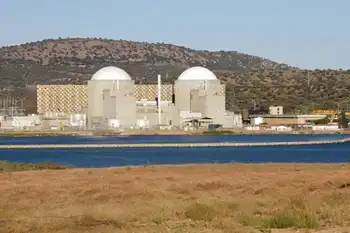
High Voltage Maintenance Training Online
Our customized live online or in‑person group training can be delivered to your staff at your location.

- Live Online
- 12 hours Instructor-led
- Group Training Available
DOE Environmental Management Funding Boost seeks $7.25B to accelerate nuclear cleanup, upgrade Savannah River Site infrastructure, create jobs, and support small businesses, echoing ARRA 2009 results and expediting DOE EM waste remediation nationwide.
Key Points
A proposed $7.25B stimulus for DOE's EM to accelerate nuclear cleanup, modernize infrastructure, and create jobs.
✅ $7.25B one-time stimulus for DOE EM cleanup and infrastructure.
✅ Targets Savannah River Site; supports jobs and small businesses.
✅ Builds on ARRA 2009; accelerates nuclear waste remediation.
A bloc of local governments and nuclear industry, nuclear innovation efforts, labor and community groups are pressing Congress to provide a one-time multibillion-dollar boost to the U.S. Department of Energy Office of Environmental Management, the remediation-focused Savannah River Site landlord.
The organizations and officials -- including Citizens For Nuclear Technology Awareness Executive Director Jim Marra and Savannah River Site Community Reuse Organization President and CEO Rick McLeod -- sent a letter Friday to U.S. House and Senate leadership "strongly" supporting a $7.25 billion funding injection, even as ACORE challenges coal and nuclear subsidies in separate regulatory proceedings, arguing it "will help reignite the national economy," help revive small businesses and create thousands of new jobs despite the novel coronavirus crisis.
More than 30 million Americans have filed unemployment claims in the past two months, with additional clean energy job losses reported, too. Hundreds of thousands of claims have been filed in South Carolina since mid-March, compounding issues like unpaid utility bills in neighboring states.
The requested money could, too, speed Environmental Management's nuclear waste cleanup missions and be used to fix ailing infrastructure and strengthen energy security for rural communities nationwide -- some of which dates back to the Cold War -- at sites across the country. That's a "rare" opportunity, reads the letter, which prominently features the Energy Communities Alliance logo and its chairman's signature.
Similar funding programs, like what was done with the 2009 American Recovery and Reinvestment Act and recent clean energy funding initiatives, have been successful.
At the time, amid a staggering economic downturn nationwide, Environmental Management contractors "hired over 20,000 new workers," putting them "to work to reduce the overall cleanup complex footprint by 688 square miles while strengthening local economies," the Friday letter reads.
The Energy Department's cleanup office estimates the $6 billion investment years ago reduced its environmental liability by $13 billion, according to a 2012 report.
Such a leap forward, the coalition believes, is repeatable, a view reflected in current plans to revitalize coal communities with clean energy projects across the country.
"We are confident that DOE can successfully manage increased funding and leverage it for future economic development as it has in the past," the letter states. It continues: "We take pride in working together to support jobs and development of infrastructure and work that make our country stronger and assists us to recover from the impacts of COVID-19."
As of Monday afternoon, 8,942 cases of COVID-19, the disease caused by the novel coronavirus, have been logged in South Carolina. Aiken County is home to 155 of those cases.





